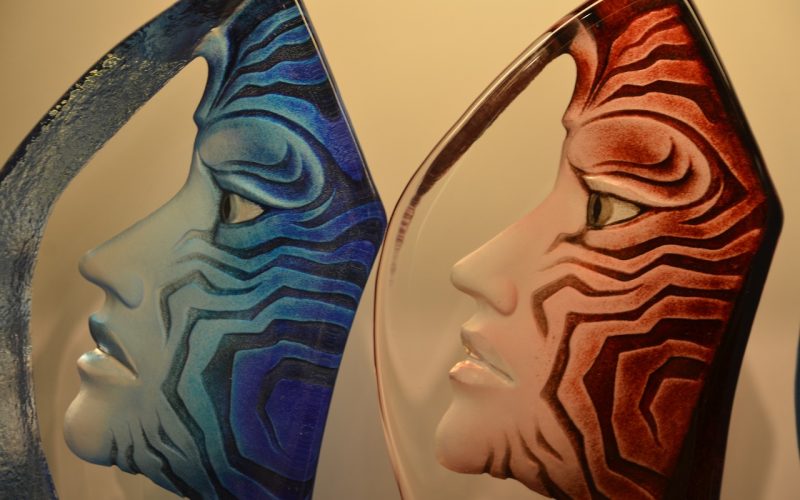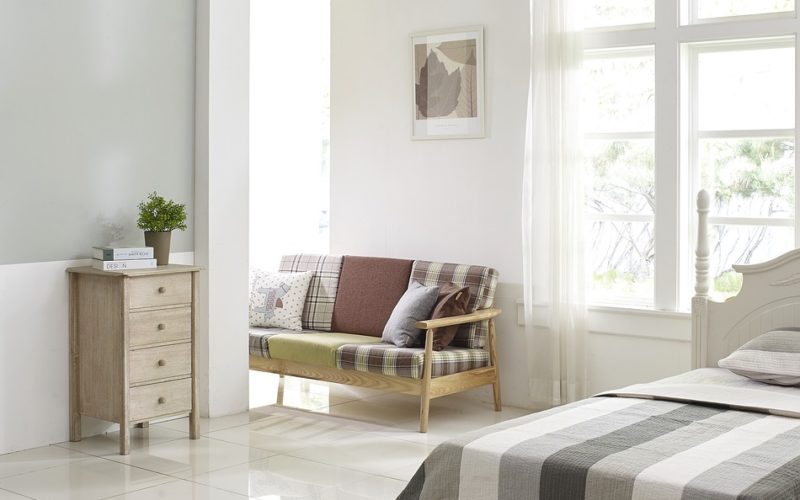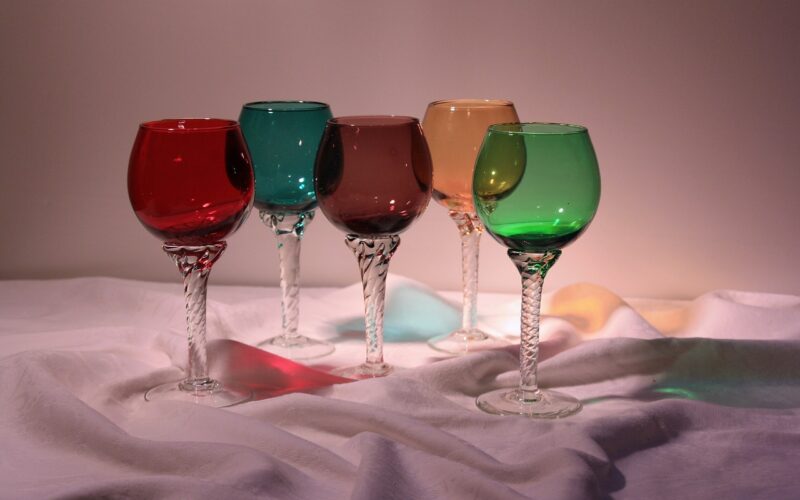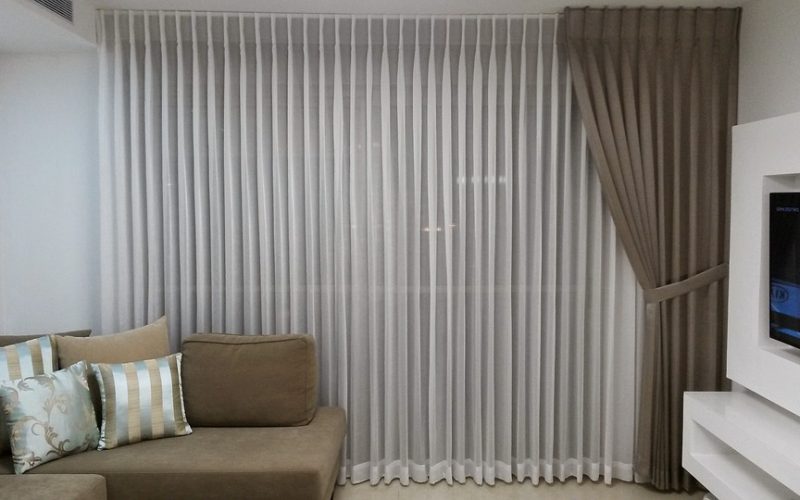Crafting Another Income Stream
Creating glass and ceramic objects offers not only a fulfilling creative outlet but also a viable income stream for artisans. The process of designing unique pieces, applying ceramic decals, and incorporating glass decals can transform simple materials into beautiful works of art. Here's how you can get started on this creative business venture.
Understanding the basics of glass and ceramic art
Before you begin creating decorative glass and ceramics, it's important to understand the basics of the medium. Ceramics and glass involve different processes, but both require a good grasp of handling materials and tools. While ceramics often begin with clay that is shaped and fired in a kiln, glass requires cutting and sometimes melting or fusing different pieces together. Both mediums offer a wide range of techniques to explore, from potter's wheel throwing to glassblowing and moulding.
Adding value with ceramic decals
Ceramic decals are a popular method for adding intricate details and designs to ceramic pieces. These decals are essentially transfers that can be applied to the surface of glazed ceramics. They're available in various designs and colours, allowing you to add everything from floral patterns to custom logos. Applying decals involves a simple water transfer method and a subsequent firing to ensure they bond permanently to the ceramic surface. Using decals can significantly enhance the aesthetic appeal of your pieces, making them more attractive to potential buyers.
Incorporating glass decals into your designs
Glass decals function similarly to ceramic decals and can be used to add decorative elements to glass items. They are particularly useful for creating detailed patterns that would be difficult to achieve through other methods. Whether you’re decorating glassware, ornaments, or suncatchers, glass decals provide the flexibility to experiment with various styles. Like ceramic decals, they require firing in a kiln to permanently adhere to the glass, ensuring durability and longevity.
Exploring markets and sales channels
Once you have created a collection of glass and ceramic items, the next step is to explore different markets and sales channels. Local craft fairs, online marketplaces like Etsy, and social media platforms are excellent places to showcase and sell your work. Each platform offers unique opportunities and challenges. Craft fairs allow for personal interaction with customers, while online platforms offer a broader audience reach. It's important to have a clear understanding of your target market and tailor your marketing strategies accordingly to maximise sales.
Pricing your creations appropriately
Determining the right price for your glass and ceramic creations is crucial for attracting buyers and ensuring profitability. Consider the cost of materials, time spent, and any additional costs such as kiln firing and shipping. Research similar products to gauge market rates and find a competitive yet fair price point. Offering tiered pricing for different levels of complexity or customisation can also appeal to a wider range of customers and increase your revenue.
Building a brand and community
In addition to selling beautiful glass and ceramic pieces, building a memorable brand and engaging with a community of art enthusiasts can significantly boost your business. Create a cohesive brand identity with a professional logo, attractive packaging, and an engaging online presence. Share your creative process and story with your audience through blogs, social media, and newsletters to build a loyal customer base. Hosting workshops or tutorials can further engage your community and establish you as an expert in your field.
Creating and selling glass and ceramic objects can be a rewarding venture that combines artistry with entrepreneurship. By mastering techniques like applying ceramic and glass decals, exploring diverse sales channels, and building a strong brand, you can turn your passion into a successful additional income stream.







